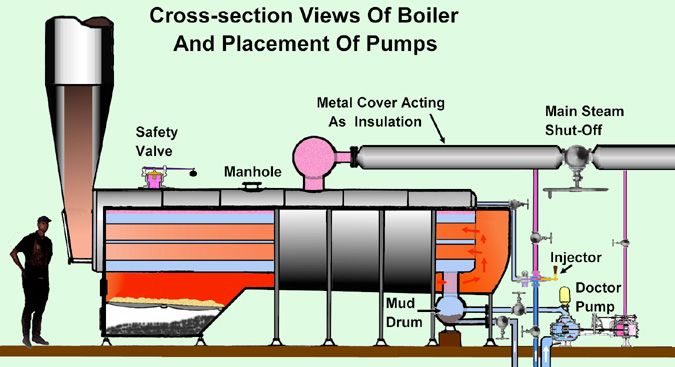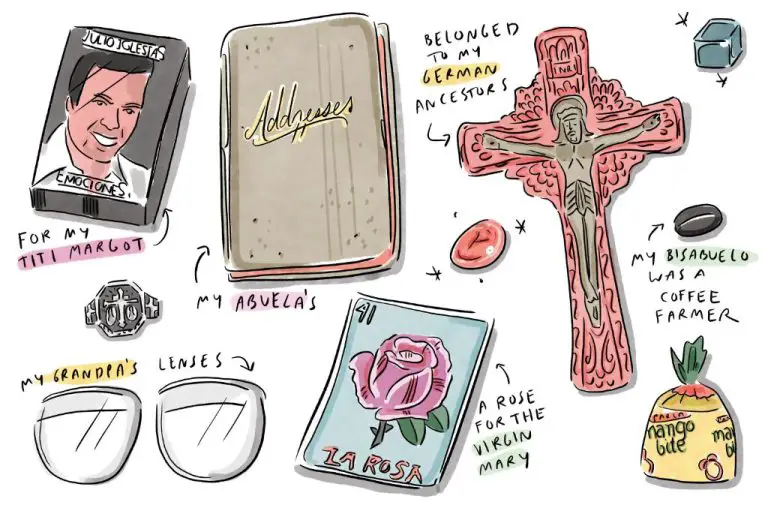What Happens If You Cover A Lit Candle With A Glass?
What happens when you cover a lit candle with a glass? This is a fascinating question with some interesting science behind it. In this article, we’ll discuss the effects of putting an inverted glass over a burning candle. We’ll explore the flame behavior, heat buildup, and smoke accumulation that occur in this common experiment.
Covering a candle with a glass creates a small contained environment. This allows us to observe changes to the flame and the candle itself. We’ll go over the fire hazards associated with this experiment. We’ll also touch on how it can be used educationally, as well as examples from everyday life.
The Science Behind It
When a candle burns, it undergoes a chemical reaction called combustion. This is an exothermic reaction, meaning it gives off heat. For combustion to occur, three key things are needed: fuel, oxygen, and heat.
The wax of a candle acts as the fuel source. Meanwhile, the wick provides a continuous surface area for the wax to melt and evaporate into a gas vapor. This vaporized wax can then mix with oxygen in the air surrounding the candle.
When the wax vapor meets the flame, the heat ignites the gas, allowing it to react with oxygen. This produces energy in the form of light and heat, creating the visible flame. The flame vaporizes more wax, continuing the combustion cycle.
Covering the candle with an overturned glass cuts off the supply of fresh oxygen to the flame. This causes the combustion reaction to stop. However, there is still fuel vapor and leftover oxygen trapped under the glass, so the candle may stay lit for a brief time before being fully extinguished.
Flame Behavior
When a burning candle is covered by an overturned glass, it quickly uses up the limited supply of oxygen trapped underneath. As a result, the candle flame begins to flicker and dance more erratically as it struggles to stay lit. Without a fresh supply of oxygen to sustain combustion, the flame eventually sputters out and goes extinguished.
The flickering effect occurs because areas of the flame that manage to find and consume leftover traces of oxygen briefly flare up and reignite. However, as the trapped oxygen is rapidly depleted, the flame grows increasingly weak and unstable until it cannot burn anymore. The gradual suffocation and diminishing of the flame under the confined space of the glass illustrates the vital role oxygen plays in fire and the principle that combustion cannot be sustained without air.
Trapped Heat
When a lit candle is covered by an upright glass, the flame continues to burn using the available oxygen initially trapped under the glass. As the flame burns, it gives off heat. With no vent for this heat to escape, it builds up quickly under the glass.
The accumulated heat has nowhere to go and heats the air trapped under the glass to several hundred degrees Fahrenheit. This rapid and extreme rise in temperature can cause the glass to expand faster than its structural integrity can withstand.
The glass, which was previously room temperature, now has blistering hot air pushing against its inner walls. This builds immense internal pressure. As a result, the heated glass can fracture, crack, or even shatter from the trapped heat.
The thermal expansion compromises the stability of the glass. Thinner glassware is especially prone to breaking under these conditions. The sudden failure sends shards of dangerously hot glass in all directions.
Smoke Buildup
If the candle flame is left burning under an enclosed glass for a prolonged period, smoke will begin to accumulate inside the glass. This happens because the flame produces smoke from the melting and vaporizing wax, as well as from the incomplete combustion of the wick. With nowhere for the smoke to escape, it fills the interior airspace of the glass.
The smoke usually appears thinner and lighter at first but gradually thickens over time. The glass takes on a foggy, opaque appearance as more smoke particles adhere to the interior surface. Eventually it may become difficult to see the flame through the dense smoke. The glass becomes coated in black soot on its base and sides from the smoke.
The smoke fills the glass because hot gases and particulates rise from the flame but are blocked by the rim of the glass from escaping. As more hot gases carry up additional smoke, it has no outlet and the smoke density increases. The smoke may stratify into layers, with the thickest smoke near the top of the glass furthest from the flame’s heat. The smoke makeup depends on factors like the wax composition, wick material, and oxygen availability.
Fire Hazards
While covering a lit candle with glass may seem like an interesting experiment, it’s important to be aware of the potential fire hazards involved. If the glass gets too hot, it could crack or shatter, exposing the lit candle and creating a risky situation. The glass can trap heat from the flame and get extremely hot. Depending on the thickness and material of the glass, this intense heat buildup could cause the glass to break.
Once the glass cracks or shatters, the exposed flame has potential to ignite any nearby combustible materials. Wax from the melting candle could drip onto surfaces, creating additional fire risks. Small shards of broken glass surrounding the lit candle are also a safety concern.
To mitigate these fire hazards, only conduct this experiment briefly and use glassware specifically designed for high temperatures, such as a Pyrex baking dish. Carefully monitor the glass temperature and extinguish the candle before the glass gets excessively hot. Have a fire extinguisher or lid nearby to immediately smother any exposed flames if needed. Avoid positioning the glass over anything flammable during the experiment.
While captivating to observe, a lit candle trapped under glass poses genuine fire risks if proper safety precautions are not followed. The hazards can be effectively minimized with vigilance, forethought, and preparation.
Experiment Ideas
Covering a lit candle with a glass allows for some simple experiments that can teach about fire safety, the candle flame, and heat transfer.
You can try timing how long it takes the flame to go out when covered with different types of glasses like jars, cups, or bowls. This demonstrates how the size of the air gap impacts the availability of oxygen to sustain combustion.
Testing glasses of different materials like glass, plastic or metal can show heat transfer differences. A thin glass may allow more heat to dissipate while a metal or insulated container traps heat better.
Measuring the temperature under the glass over time with a thermometer is another experiment to quantify the heat buildup. The temperature will rapidly rise as the heat has nowhere to go.
Observing smoke patterns and density under the glass illustrates rising heat and convection currents. Smoke indicates incomplete combustion from insufficient oxygen.
Overall, these simple experiments are visual and hands-on ways to learn about the behavior of fire and importance of oxygen supply for a flame.
Educational Uses
Covering a lit candle with a glass provides a simple yet effective way to demonstrate the scientific principles of combustion and chemistry to students. Teachers can perform this experiment as an engaging in-class activity or assign it to students as an at-home project.
Seeing the candle flame gradually extinguish itself under the glass illustrates the concept of an oxygen-limited environment. Students learn that fire needs oxygen to burn, and covering the flame cuts off the oxygen supply. Measuring how long it takes for the candle to go out shows the slow burn rate of the remaining oxygen in the small space under the glass.
The smoke that accumulates inside the glass provides a visual representation of the carbon dioxide and water vapor byproducts of candle combustion. Students can draw connections to the chemical reaction between the candle wax and oxygen. This memorably demonstrates the law of conservation of mass – the smoke represents the same mass of original reactants, just in gaseous form.
Covering a lit candle with a glass is a simple experiment that sparks curiosity and engages students in the underlying scientific principles. It provides an impactful lesson on combustion and chemistry accessible to a wide range of grade levels.
Everyday Examples
Many of us take basic fire safety for granted, but it’s important to understand the dangers of poor ventilation when it comes to open flames. For example, enclosing a lit candle in a glass jar or lantern may seem harmless at first. However, as the flame consumes oxygen, dangerous levels of smoke and heat can accumulate inside the enclosed space. This is why lanterns and other decorative candle holders are designed with proper ventilation holes. Without enough fresh air exchange, the heat and smoke could build to the point of shattering the glass or even starting a contained fire.
The same concept applies on a larger scale to things like furnaces, fireplaces, grills, and automobiles. Failure to vent these properly can allow carbon monoxide and other toxic gases to reach dangerous levels. Proper chimney and exhaust system design is crucial. Even everyday household activities like taking a hot shower with the bathroom door closed can create enough steam buildup to trigger smoke alarms. So when dealing with open flames and combustion, it’s always wise to ensure there is adequate air flow to prevent unsafe conditions. Understanding basic fire safety and physics principles like this can prevent injuries and property damage.
Conclusion
Covering a lit candle with an upside-down glass is an interesting experiment that demonstrates several scientific principles. The flame is extinguished due to the lack of oxygen inside the enclosed glass. The heat generated by the flame has nowhere to dissipate and gets trapped, causing a buildup of smoke and lack of oxygen. This experiment shows the important role of oxygen in keeping a flame lit and why fire hazards can occur in enclosed spaces. The key takeaways are understanding how oxygen, heat, and smoke interact in an enclosed environment like under a glass. With proper safety precautions, this can be an engaging educational demonstration of chemistry and physics principles related to combustion and air flow.


